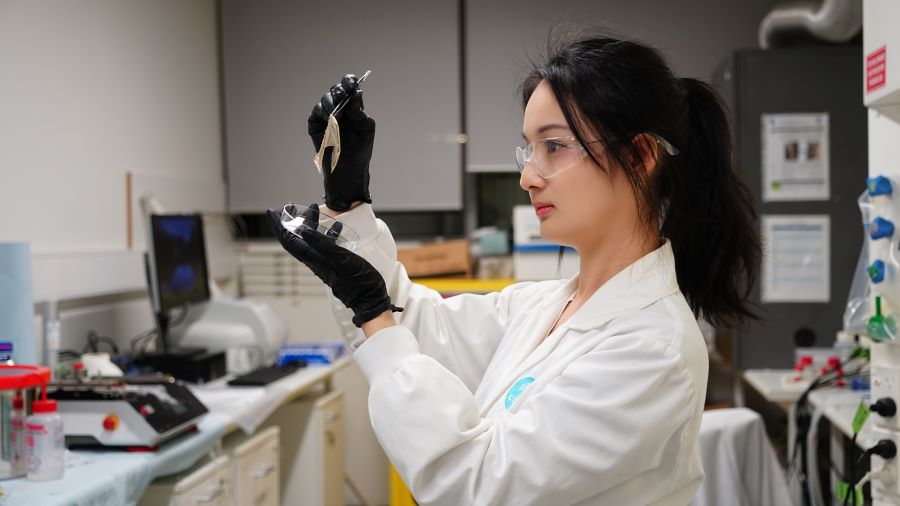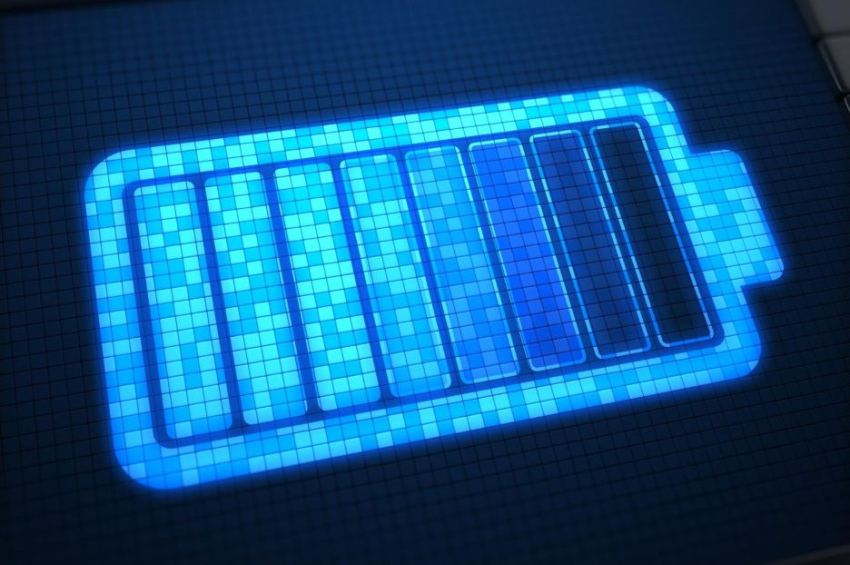Australian researchers develop groundbreaking new liquid battery
Scientists at Monash University in Australia have developed a new kind of water-based battery that could change how households store energy from rooftop solar panels. It is safer, cheaper, and more efficient than the lithium-ion systems currently used in homes, which often cost around $10,000.
“Flow batteries” have been around for decades but were mostly used for large-scale energy storage. They were too bulky and too slow to charge for everyday home use, the researchers said in a paper published in the journal Angewandte Chemie.
That may now change thanks to a new membrane design created by Monash engineers.

“We’ve taken a safe, affordable chemistry and made it fast enough to capture rooftop solar in real time,” Wanqiao Liang (pictured above), the study’s lead author and a PhD candidate in the Department of Materials Science and Engineering, was quoted as saying in a university press release.
His team has engineered a membrane that finally makes organic flow batteries competitive for residential and mid-scale storage, therein opening the door to systems that are not only cheaper, but also safer and simpler to scale.
Outperforming industry standards
According to the researchers, the key was improving ion selectivity - letting the “good” ions through quickly while keeping unwanted ones out. The new membrane achieves this balance and allows fast, stable operation even at high current densities.
The Monash outperformed the industry-standard Nafion membrane in both speed and stability – running 600 high-current cycles with virtually no capacity loss – that’s a major leap forward for this kind of battery.
Liang said the new design could make solar storage at home more practical.
More to read:
Hyundai unveils revolutionary pulsating battery technology
“This is the kind of battery you’d want in your garage. It’s non-toxic, non-flammable, and made from abundant materials, all while keeping up with solar power on a sunny day.”
The team is now testing 3D-printed prototypes in real-world conditions. “If the prototypes keep performing the way we expect, this could be on the market in a few years’ time,” Ms Liang noted.
How flow batteries work
Unlike lithium-ion batteries, which store energy in solid materials, flow batteries use liquids. This makes them easier to scale, cheaper to produce, and safer to run.
“Flow batteries work a bit like two fish tanks joined by a membrane barrier that allows ions to pass through, enabling energy storage and release,” explained Dr Cara Doherty, a co-author from CSIRO.
More to read:
British scientists and engineers create world's 1st nuclear-diamond battery
“We’ve developed a new type of membrane inside the battery that guides the flow of materials better – kind of like adding lanes to a highway. That means faster charging, longer battery life, and better performance overall.”
Monash has been testing large-scale energy storage for years. In 2018, it installed a 1MWh system as part of its microgrid at the Clayton campus. That project is central to the University’s plan to reach Net Zero emissions by 2030.
Now, Monash researchers say they may have taken the next big step in clean energy storage – making rooftop solar batteries affordable for everyday households.







